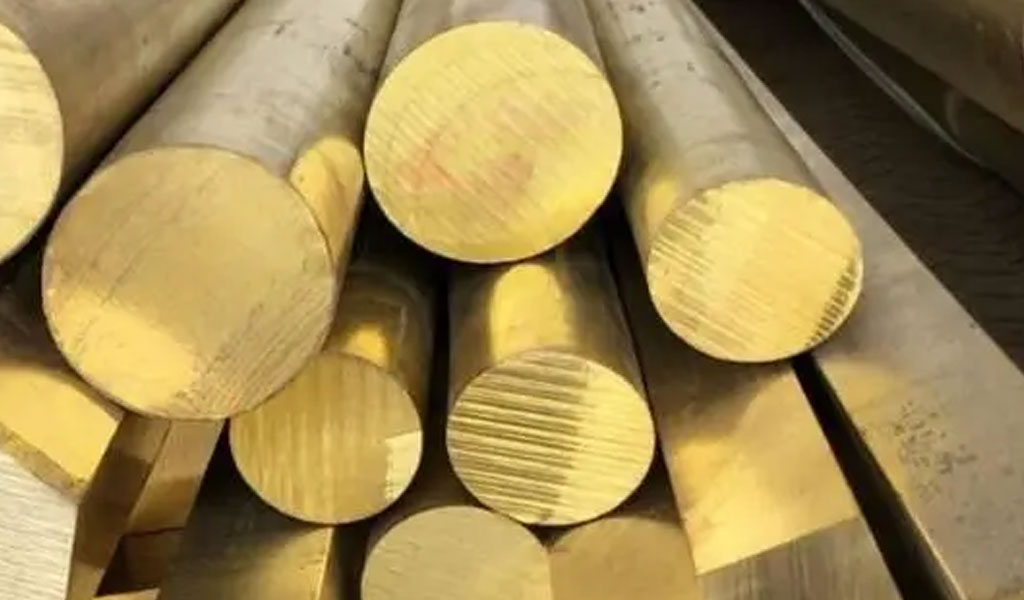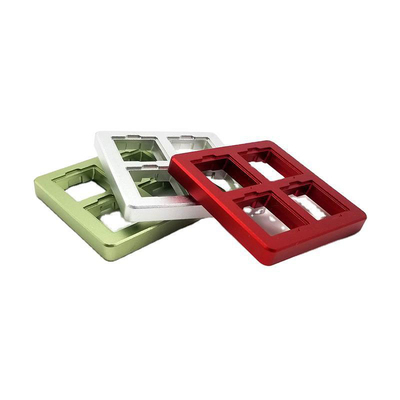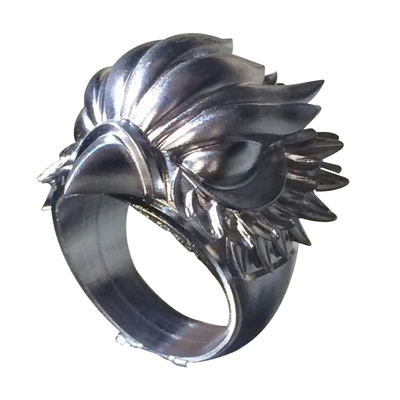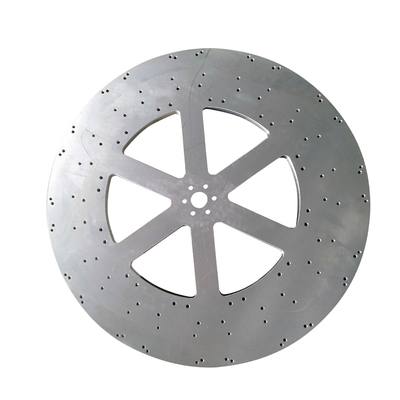Is Brass Magnetic?

Brass is a widely used alloy primarily composed of copper and zinc. Its properties make it highly versatile and suitable for a range of applications, including plumbing, musical instruments, and decorative items. One question that often arises in discussions about brass is whether or not it is magnetic.
Composition of Brass
Brass is an alloy, which means it is made by combining two or more metals. The primary constituents of brass are copper (Cu) and zinc (Zn). The exact composition of brass can vary significantly, but the most common types typically contain about 60-70% copper and 30-40% zinc. Some brass alloys also contain small amounts of other metals, such as tin, lead, or aluminum, which are added to enhance specific properties like corrosion resistance or machinability.
Magnetic Properties of Brass
To understand whether brass is magnetic, it is essential to first understand what it means for a material to be magnetic. Magnetism in materials is primarily the result of the alignment of magnetic moments, which are intrinsic to the atomic structure of certain elements, particularly those with unpaired electrons. Iron, nickel, and cobalt are examples of ferromagnetic materials, where the magnetic moments of the atoms align in the same direction, resulting in a net magnetic field.
Copper and zinc, the main components of brass, are both non-magnetic metals. Copper has a face-centered cubic crystal structure and no unpaired electrons in its atomic configuration, which means it does not exhibit any significant magnetic properties. Similarly, zinc, with a hexagonal close-packed crystal structure, also lacks unpaired electrons and does not exhibit magnetism. As a result, brass, being an alloy of these two non-magnetic metals, is generally considered non-magnetic.
Exceptions and Special Cases
Although brass is generally non-magnetic, certain factors can influence its magnetic behavior:
-
Impurities: The presence of impurities or trace amounts of ferromagnetic metals, such as iron, within the brass alloy can introduce slight magnetic properties. However, these effects are usually minimal and do not result in a strongly magnetic material.
-
Magnetization of Other Components: In some cases, brass components may be combined with or attached to magnetic materials, which might cause the entire assembly to exhibit magnetic properties. For example, a brass fitting attached to a steel pipe could display magnetic behavior due to the steel, not the brass itself.
-
Mechanical Work and Residual Magnetism: Mechanical working, such as forging or machining, can sometimes induce slight residual magnetism in non-magnetic materials. This is generally very weak and does not result in a material being classified as magnetic.
-
Induced Magnetism: When exposed to a strong magnetic field, even non-magnetic materials like brass can exhibit a phenomenon called induced magnetism. This is a temporary effect where the material responds weakly to the external magnetic field but loses this magnetism once the field is removed.
Practical Implications
In practical terms, the non-magnetic nature of brass is one of the reasons it is chosen for certain applications. For instance, in environments where magnetism could interfere with the operation of equipment or instruments, brass is often used. This makes it suitable for use in electrical connectors, terminals, and other components where a non-magnetic material is required.
Additionally, the non-magnetic nature of brass is beneficial in environments where magnetic interference needs to be minimized. For example, brass is used in the manufacturing of compasses and other sensitive navigational instruments where the presence of a magnetic material could lead to inaccuracies.
Conclusion
In summary, brass is not a magnetic material because its primary components, copper and zinc, are both non-magnetic. While certain conditions, such as impurities, attached ferromagnetic materials, or induced magnetism, might cause brass to exhibit slight magnetic properties, these instances are exceptions rather than the norm. The non-magnetic nature of brass is one of the factors that make it a popular choice in a variety of industrial and commercial applications where magnetic interference must be avoided.
Reprint Statement: If there are no special instructions, all articles on this site are original. Please indicate the source for reprinting:https://www.cncmachiningptj.com/,thanks!
 3, 4 and 5-axis precision CNC machining services for aluminum machining, beryllium, carbon steel, magnesium, titanium machining, Inconel, platinum, superalloy, acetal, polycarbonate, fiberglass, graphite and wood. Capable of machining parts up to 98 in. turning dia. and +/-0.001 in. straightness tolerance. Processes include milling, turning, drilling, boring, threading, tapping, forming, knurling, counterboring, countersinking, reaming and laser cutting. Secondary services such as assembly, centerless grinding, heat treating, plating and welding. Prototype and low to high volume production offered with maximum 50,000 units. Suitable for fluid power, pneumatics, hydraulics and valve applications. Serves the aerospace, aircraft, military, medical and defense industries.PTJ will strategize with you to provide the most cost-effective services to help you reach your target,Welcome to Contact us ( [email protected] ) directly for your new project.
3, 4 and 5-axis precision CNC machining services for aluminum machining, beryllium, carbon steel, magnesium, titanium machining, Inconel, platinum, superalloy, acetal, polycarbonate, fiberglass, graphite and wood. Capable of machining parts up to 98 in. turning dia. and +/-0.001 in. straightness tolerance. Processes include milling, turning, drilling, boring, threading, tapping, forming, knurling, counterboring, countersinking, reaming and laser cutting. Secondary services such as assembly, centerless grinding, heat treating, plating and welding. Prototype and low to high volume production offered with maximum 50,000 units. Suitable for fluid power, pneumatics, hydraulics and valve applications. Serves the aerospace, aircraft, military, medical and defense industries.PTJ will strategize with you to provide the most cost-effective services to help you reach your target,Welcome to Contact us ( [email protected] ) directly for your new project.

- 5 Axis Machining
- Cnc Milling
- Cnc Turning
- Machining Industries
- Machining Process
- Surface Treatment
- Metal Machining
- Plastic Machining
- Powder Metallurgy Mold
- Die Casting
- Parts Gallery
- Auto Metal Parts
- Machinery Parts
- LED Heatsink
- Building Parts
- Mobile Parts
- Medical Parts
- Electronic Parts
- Tailored Machining
- Bicycle Parts
- Aluminum Machining
- Titanium Machining
- Stainless Steel Machining
- Copper Machining
- Brass Machining
- Super Alloy Machining
- Peek Machining
- UHMW Machining
- Unilate Machining
- PA6 Machining
- PPS Machining
- Teflon Machining
- Inconel Machining
- Tool Steel Machining
- More Material





